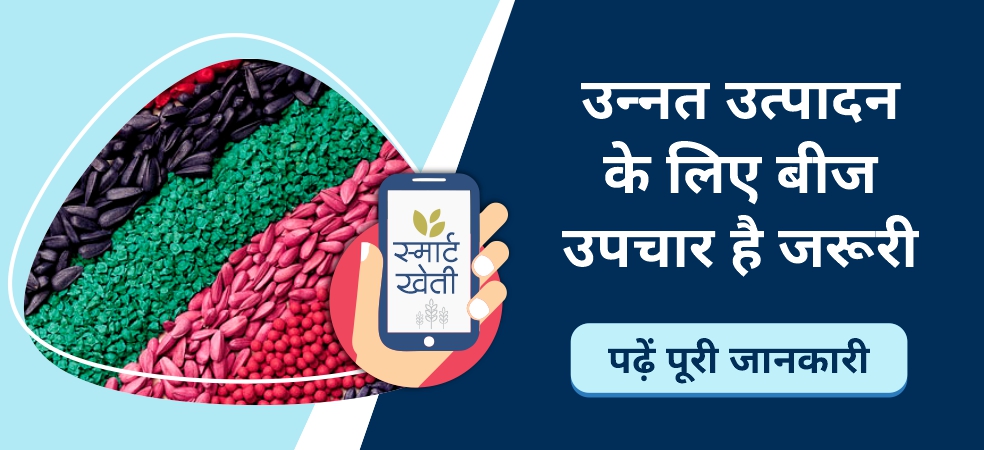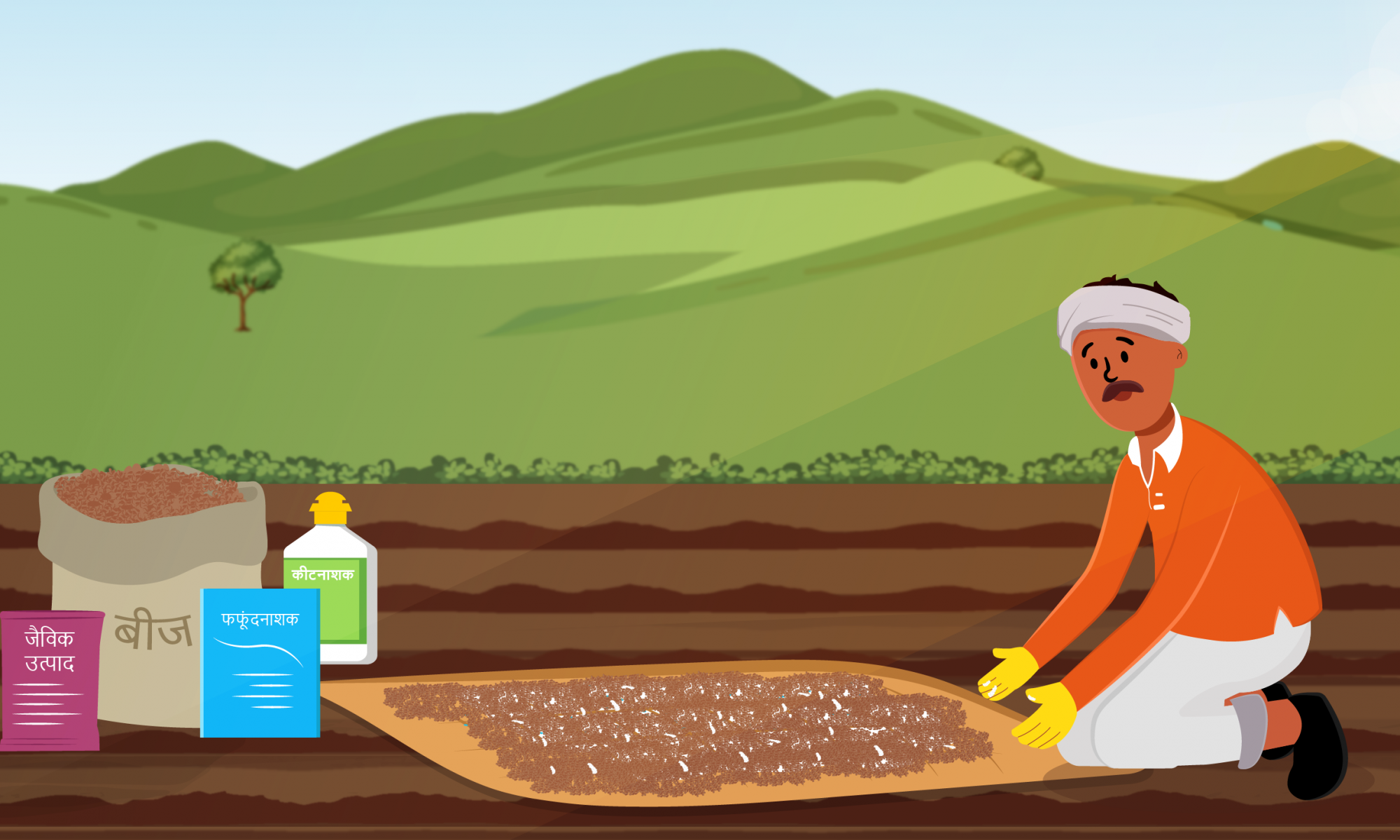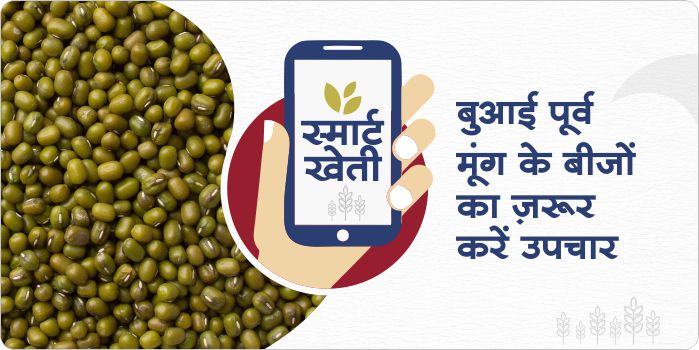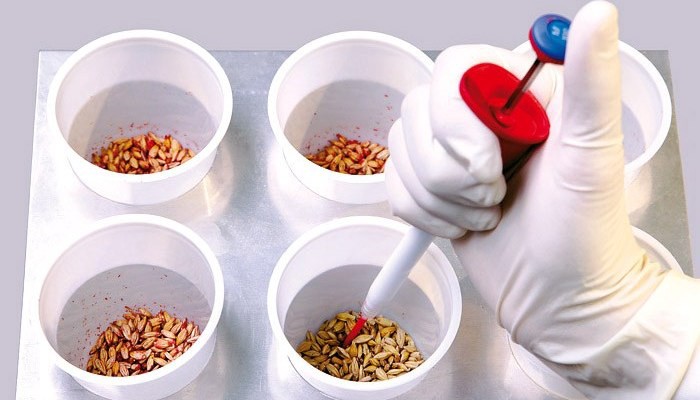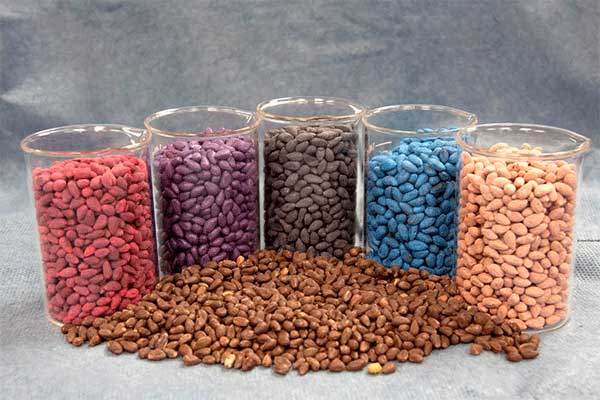-
Seed treatment is very important for agriculture, which prevents seed and soil borne diseases.
-
70 to 80 percent of the farmers of the crops in the country do not change the seeds and use only the old seeds.
-
Due to this, the risk of pest and disease is high, As a result the cost increases.
-
Only seed treatment can increase production by 6 to 10 percent.
-
Add after the line-The effect of insecticides also increases with seed treatment and the crop becomes safe for 20 to 25 days.
ShareFor more such important information related to the agriculture sector, keep reading the articles of Gramophone daily. If you liked today’s information, then do not forget to share.


